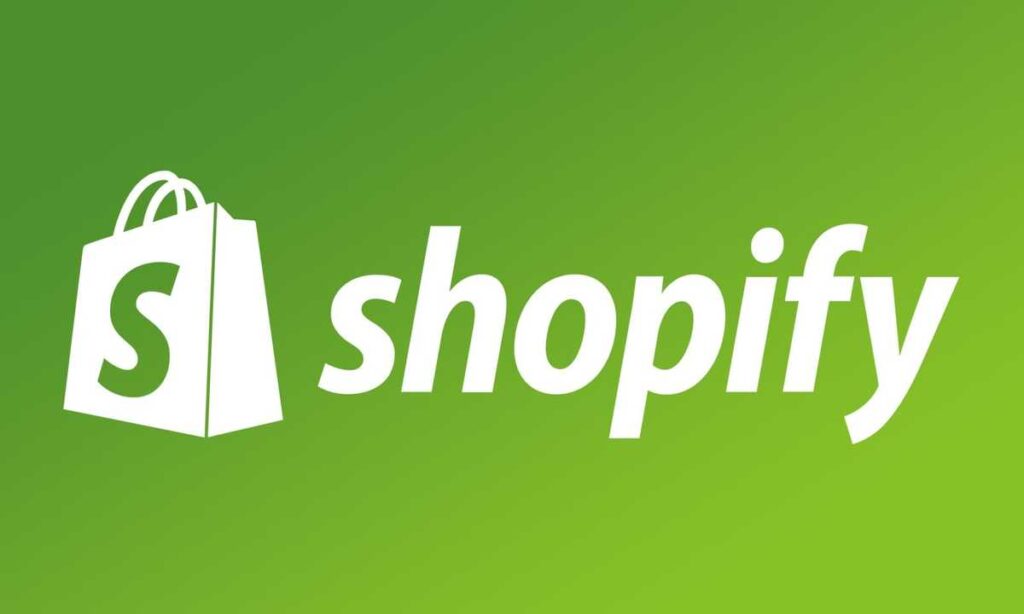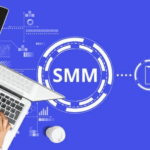When it comes to launching a B2B eCommerce store, many businesses assume they need Shopify Plus to make it work. While Plus certainly provides powerful features — including advanced API access, custom checkout scripts, and automation it comes at a premium price that not every business can justify.
For smaller wholesale operations or companies just entering the B2B space, paying $2,000/month for Shopify Plus isn’t always feasible. Fortunately, it’s entirely possible to build a robust and scalable B2B store using Shopify’s standard plans without compromising on key functionality.
In this guide, we’ll show how to create a functional and efficient B2B experience on Shopify without Plus – using apps, creative theme customizations, and proven workflows.
Why Many B2B Sellers Avoid Shopify Plus
Shopify Plus is designed for high-volume merchants and enterprises that require full control over checkout, system integrations, and backend workflows. It’s ideal for companies managing complex B2B sales cycles or working across multiple regions with custom needs.
But Shopify Plus also locks you into a long-term, high-cost contract. If you’re still testing product-market fit, just launching your wholesale channel, or working with fewer clients — the standard Shopify plans (Basic, Shopify, or Advanced) can provide everything you need to get started.
With a bit of planning, you can simulate most of the core B2B features, such as personalized pricing, gated content, and bulk ordering – without paying for Plus.
Step 1: Segment Your B2B Customers with Tags
Shopify offers a flexible tagging system that lets you organize customers by type. This is especially useful for B2B stores that want to offer different products or prices to wholesale customers versus retail buyers.
Here’s how it works:
- Tag customers as “wholesale,” “B2B,” “distributor,” or any other label
- Use Shopify Liquid code in your theme to conditionally display content or pricing
- Restrict access to specific collections or products based on customer tags
This is a simple but powerful technique to differentiate between public and private offerings.
You can also build workflows that automatically tag new customers based on form submissions or post-purchase behavior.
Step 2: Customize Pricing Without Shopify Plus
One of the biggest reasons merchants consider Shopify Plus is to access Shopify Functions for dynamic pricing or B2B catalogs. But even without those tools, you can implement tiered pricing using apps designed for this purpose.
Apps like Mgroup Dynamic Price let you:
- Assign customer-specific prices or discounts
- Display pricing dynamically on the storefront
- Create logic for bulk discounting, loyalty pricing, or dealer pricing
- Keep everything centralized without needing to duplicate products
This approach is ideal for stores managing multiple customer groups or reseller programs and doesn’t require any advanced coding.
If you’re unsure which pricing strategy best fits your store, a structured tech audit is a great starting point to identify your options and limitations.
Learn more about the benefits of a Shopify Tech Audit here: Shopify Tech Audit Services
Step 3: Restrict Access to B2B Content
In B2B commerce, it’s common to have exclusive products, pricing, or resources only accessible to approved clients. While Shopify doesn’t natively support user roles, you can replicate this functionality with login gating and page-level access restrictions.
Popular options include:
- Creating password-protected pages or entire collections
- Using customer tags to conditionally show or hide products or pages
- Requiring account approval or manual validation before unlocking B2B access
This is particularly useful for wholesalers or manufacturers who don’t want their pricing and catalogs available to the general public. You can even build an onboarding form that collects business verification details before granting access.
These controls provide a private, professional B2B experience, even on a basic Shopify plan.
Step 4: Offer a B2B-Optimized Checkout (Without Scripts)
One of the limitations of standard Shopify plans is the lack of access to Checkout Scripts, which Shopify Plus merchants can use to fully customize the checkout flow. That said, you can still offer a streamlined, B2B-friendly checkout with some creative workarounds.
Here are a few options:
- Use draft orders to create custom quotes or large manual orders
- Install apps that allow customers to “Request a Quote” instead of completing a traditional checkout
- Enable manual payment methods such as Bank Transfer, Net 30, or Purchase Orders
- Customize invoice emails to reflect business transaction needs
While these options require more manual handling than on Plus, they still support the workflows most B2B clients expect — especially when paired with backend automation tools.
And if your store eventually grows beyond what standard Shopify allows, migrating to Plus later is straightforward. All your infrastructure and customer data remain intact.
Explore migration best practices here: Shopify Migration Services
Step 5: Enable Bulk Ordering and Quick Purchase Tools
B2B customers often need to purchase dozens or hundreds of items in one go. Traditional Shopify product pages can be slow and frustrating for this type of workflow. Thankfully, there are ways to make the shopping experience more efficient for high-volume buyers.
Here’s what works:
- Add quantity selectors and minimum order logic to product pages
- Use quick order forms with search and bulk add-to-cart functionality
- Enable CSV upload for large reorders
- Group products by vendor, category, or SKU for rapid selection
Several apps offer B2B order form features that can be embedded on a private collection page, giving buyers a fast and functional ordering experience.
Your theme also plays a big role. Choose one that’s clean, responsive, and built for usability, rather than heavy animations or long-form layouts.
Step 6: Automate B2B Processes Where Possible
B2B businesses tend to handle recurring orders, negotiated pricing, and complex fulfillment, all of which can eat up time and resources. Even on standard Shopify plans, you can automate many of these tasks to save time and reduce manual errors.
For example:
- Use Shopify Flow (available on the Advanced plan) to auto-tag customers, send notifications, or trigger emails
- Set up Zapier or Make.com to connect Shopify with your invoicing or ERP system
- Automate reorder reminders or account follow-ups with Klaviyo or Omnisend
Small automations can make a big difference in long-term B2B customer relationships.
Final Thoughts: B2B on Shopify Without the Price Tag
Shopify is no longer just for direct-to-consumer brands. With the right setup, it’s a powerful platform for B2B operations, even on the standard plans. You can build a professional, scalable wholesale store without Shopify Plus by combining smart app choices, strategic theme customization, and customer segmentation.
While Plus offers benefits for high-growth or enterprise B2B companies, many small and midsize merchants can delay that investment or skip it entirely by using the tools already available to them.
If you’re unsure where to start, it’s worth consulting with experienced Shopify professionals.
Need expert help? Consider working with a certified Shopify Plus Partner experienced in building B2B experiences on both standard and Plus plans.







